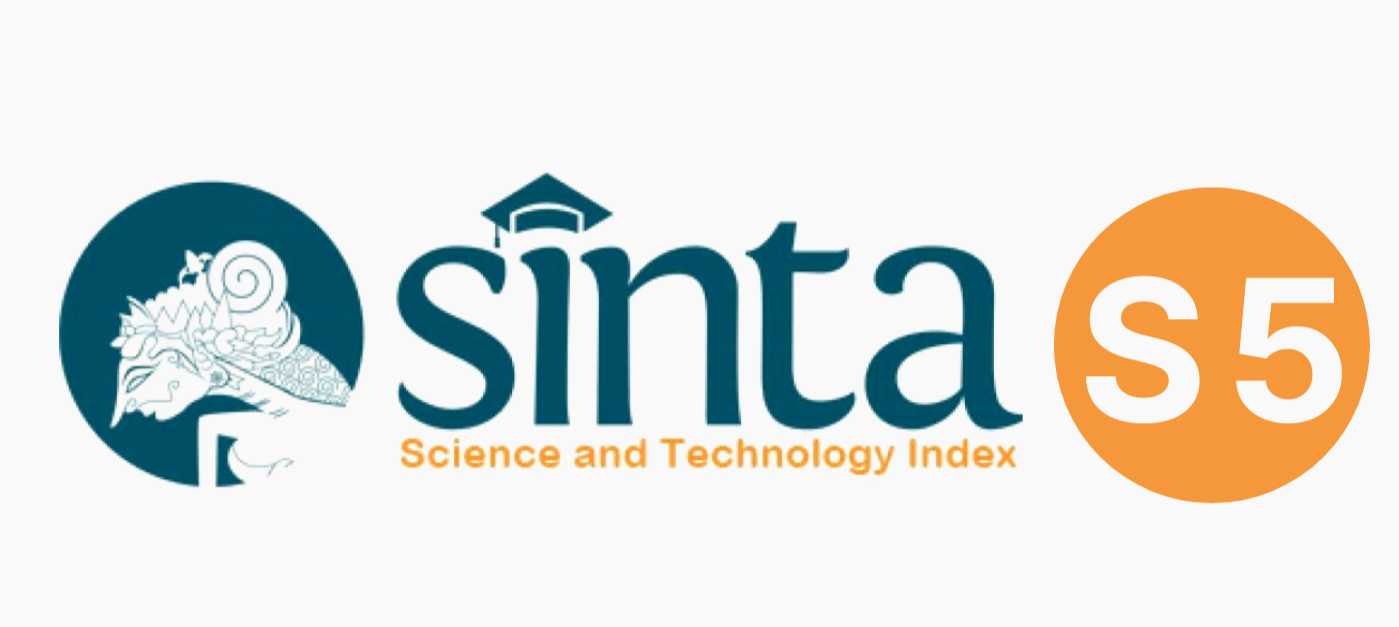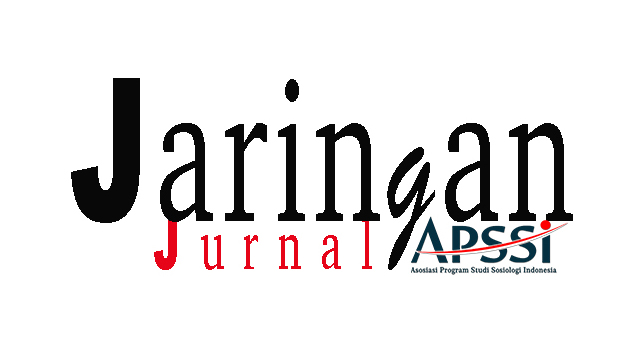Institutional Arrangement on Welfare Regime in Indonesia: How Does Indonesia Maintain Its Health Care Policy
 Abstract: 270
/
Abstract: 270
/  Abstract: 120
Abstract: 120
DOI:
https://doi.org/10.47753/je.v5i2.107Keywords:
welfare, institutional arrangement, health care policy, IndonesiaAbstract
In the last decade, Indonesia has successfully reduced the poverty rate from 11.96% in 2012 to 9.22% at the end of 2020. However, the rate of inequality in Indonesia is considered the highest within the region. Therefore, it is pivotal for Indonesia to strengthen and expand its welfare system in order to overcome the inequality. This paper aims to examine the institutional arrangement of welfare regime in Indonesia especially the health care policy. This paper implement qualitative method by examine secondary resource such as journals, articles and government report to gain understanding about institutional arrangement on welfare system in Indonesia. Result shows that population coverage of health care is shifting gradually from partial group of population to all of the citizens especially by the existence of national health insurance. The source of funding is risk-pooling rather than self-help. It indicates that government of Indonesia embrace inclusive productivist welfare as its institutional arrangement.References
Abrahamson, Peter. 2017. “East Asian Welfare Regime: Obsolete Ideal-type or Diversified Reality.†Journal of Asian Public Policy, 10 (1): 90-103.
Act No. 40 Year 2004. National Security System of Indonesia. Republic of Indonesia.
Act No. 24 Year 2011. Social Security Administering Body. Republic of Indonesia.
Aspinall, Edward. 2014. Health care and democratization in Indonesia. Democratization, 21 (5): 803-823. DOI: 10.1080/13510347.2013.873791
BPS-Statistics Indonesia. 2020. Statistical Yearbook of Indonesia 2020.
Hall, Peter. 1996. “Political Science and the Three New Institutionalismâ€. Political Studies, XLIV, 936-957.
Holliday, Ian. 2000. “Productivist Welfare Capitalism: Social Policy in East Asia.†Political Studies, 48: 706-723.
Hong, Ijin. 2014. “Trends and Determinants of Social Expenditure in Korea, Japan and Taiwan.†Social Policy & Administration, 48 (6): 647-665.
Katadata. 2021. Number of BPJS Health Participants Reaches 222.5 Million People by 2020. Retrieved from https://databoks.katadata.co.id/datapublish/2021/01/06/jumlah-peserta-bpjs-kesehatan-capai-2225-juta-orang-hingga-2020 Accessed on March 15, 2021.
Katadata. 2019. Sri Mulyani Explains Four Causes of the BPJS Financial Deficit. Retreived from https://katadata.co.id/agustiyanti/finansial/5e9a5033ad096/sri-mulyani-beberkan-empat-penyebab-defisit-bpjs-keuangan Accessed on March 15, 2021.
Katadata. 2018. At the end of September 2018, BPJS Health Deficit 7.95 trillion rupiah. Retrieved from https://databoks.katadata.co.id/datapublish/2018/10/31/akhir-september-2018-bpjs-kesehatan-defisit-rp-795-triliun . Accessed on March 15, 2021
Kim, M. S. Institutional Varieties of Productivist Welfare Capitalism in East Asia. Dissertation on University of Pittsburgh.
Kim, M. S. 2015. “Institutional Variation in Productive Capitalism.†In Kim, Mason M. L. Comparing Welfare Capitalism in East Asia: Productivist Models of Social Policy. UK: Palgrave MacMillan, pp. 18-45.
Kwon, Huck-ju. 2009. “The Reform of Developmental Welfare States in East Asia.†International Journal of Social Welfare, 18: S12-S21.
Pisani, E., Kok, M.O., Nugroho, K. 2017. Indonesia’s road to universal health coverage: a political journey. Health Policy and Planning, 32 (2): 267-276.
Samboh, Ester. 2017. High Noon for Jokowi’s Social Welfare Ambitions. Retrieved from https://www.thejakartapost.com/academia/2017/01/12/commentary-high-noon-for-jokowis-social-welfare-ambitions.html . Accessed on March 15, 2021.
Wiseman, V., Thabrany, H., Asante, A., Haemmerli, M., Kosen, S., Gilson, L., Mills, A., Hayen, A., Tangcharoensathien, V., Patcharanarumoi, W. 2018. An evaluation of health system equity in Indonesia: study protocol. International Journal of Equity in Health, 17 (138) : 1-9.
World Bank. 2017. Towards a Comprehensive, Integrated, and Effective Social Assistance System in Indonesia.
World Bank. 2018. The World Bank in Indonesia: Overview. Retrieved from https://www.worldbank.org/en/country/indonesia/overview . Accessed on January 10, 2019.
Yang, Nan. 2017. “East Asia in transition: Re-examining the East Asian Welfare Model Using Fuzzy Sets.†Journal of Asian Public Policy, 10 (1): 104-120.
Yuda, T. K. 2018. Welfare regime and the patrimonial state in contemporary Asia: visiting Indonesian cases. Journal of Asian Public Policy. DOI: 10.1080/17516234.2018.1462685
Yuda, T. K. 2018b. Welfare Regime Transformation in Indonesia: A Citizenship Debate. Masyarakat Jurnal Sosiologi, 23(2): 143-165.
Downloads
Published
Issue
Section
License
Articles published in Jurnal Empirika are licensed under the International License of Creative Commons Allowance-ShareAlike 4.0. The author is free to use any media to copy, change, or redistribute the paper, provided the author gives credit to the original author and this journal, links to the license, shows if modifications have been made, and redistributes it in the same permission. The author grants the right to any third party to use their posts following the Creative Commons Attribution-Share Alike International 4.0.











